Apple’s iPhone Air represents the company’s most dramatic design transformation in years. At just 5.64mm thick and weighing only 165 grams, this device pushes smartphone engineering into unprecedented territory. Here’s what makes the iPhone Air’s design remarkable—and what compromises come with such extreme thinness.
Read about Understanding iPhone Regional Specifications
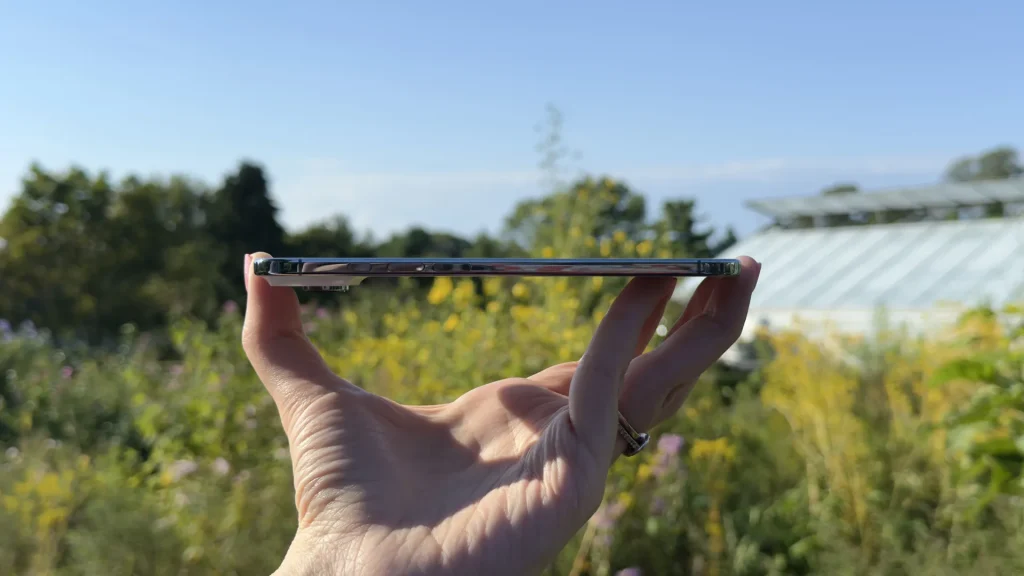
The Revolutionary iPhone Air Design: Breaking the 6mm Barrier
Understanding the 5.64mm Engineering Achievement
When it comes to smartphone design, breaking barriers is a common theme, yet the iPhone Air’s 5.64mm thickness sets a new benchmark in the industry. This remarkable engineering achievement is not merely about being thin; it represents a complex interplay of materials and construction methods. The iPhone Air not only shatters the 6mm barrier but does so while maintaining structural integrity that rivals thicker devices.
Apple’s design team has meticulously crafted the iPhone Air using a layered approach that maximizes both aesthetics and durability. The device features a polished Grade 5 titanium frame which, while light, offers exceptional strength. This attention to engineering detail ensures that users no longer have to grapple with the dichotomy between elegance and resilience.
Grade 5 Titanium Construction and Materials
The use of Grade 5 titanium is a revolutionary choice for the iPhone Air. This material is known for being both lightweight and exceptionally strong, allowing Apple to keep the device thin without compromising durability. This decision not only enhances the phone’s visual appeal but also contributes to its long-lasting nature, making it resistant to typical wear and tear.
The iPhone Air design highlights a new philosophy in mobile design trends, where manufacturers prioritize a delicate balance between form and function. By incorporating such high-quality materials, Apple reinforces its status as a leader in smartphone aesthetics and durability.
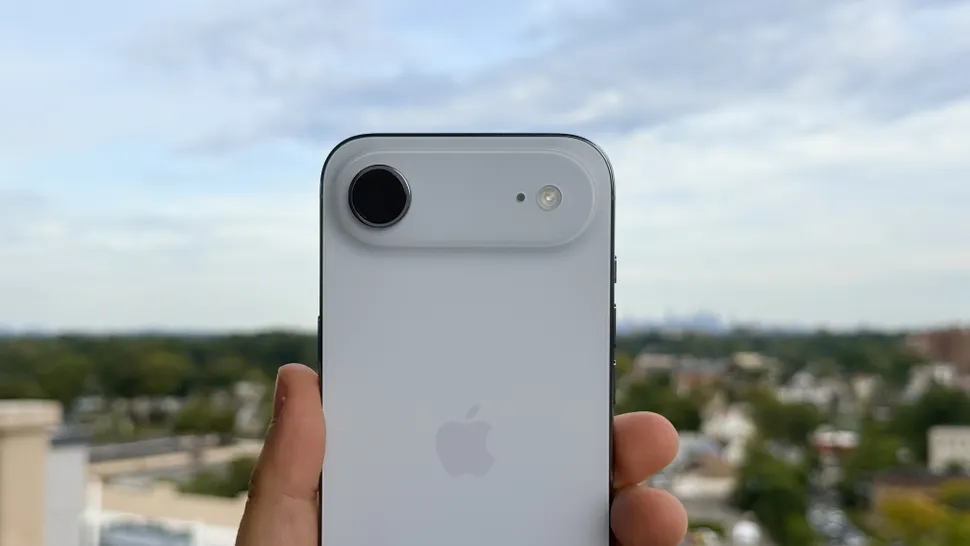
What Makes the iPhone Air Design So Stunning?
The New Camera ‘Plateau’ Design Philosophy
One of the most striking features of the iPhone Air is its innovative camera system. The new “plateau” design introduces a seamless camera bump that enhances the device’s sleek silhouette. This clever integration not only provides a unique aesthetic appeal but also signifies Apple’s desire to move beyond traditional camera protrusions.
This single camera setup, while limiting in some respects, shifts the focus to quality over quantity. The 48MP camera offers impressive capabilities, and its design allows for a much cleaner look, which perfectly complements the overall vision of the iPhone Air as an ultra-thin device.
Ceramic Shield 2 and Glass Innovation
The front of the iPhone Air is protected by Ceramic Shield 2, which Apple claims is three times more scratch-resistant than its predecessors. The combination of a reinforced glass back and front, along with frosted matte finishes, not only boosts durability but also enhances visual elegance. These choices showcase how Apple continues to innovate in mobile design, setting new standards for premium smartphones.
Color Options and Finish Details
The iPhone Air is available in four stunning color options: Sky Blue, Light Gold, Cloud White, and Space Black, each exuding a refined aesthetic. The finish of each device, particularly with the polished titanium frames, emphasizes Apple’s commitment to delivering a stunning iPhone design. The colors are not just beautiful; they embody a sense of personality and ownership for those who choose the iPhone Air.
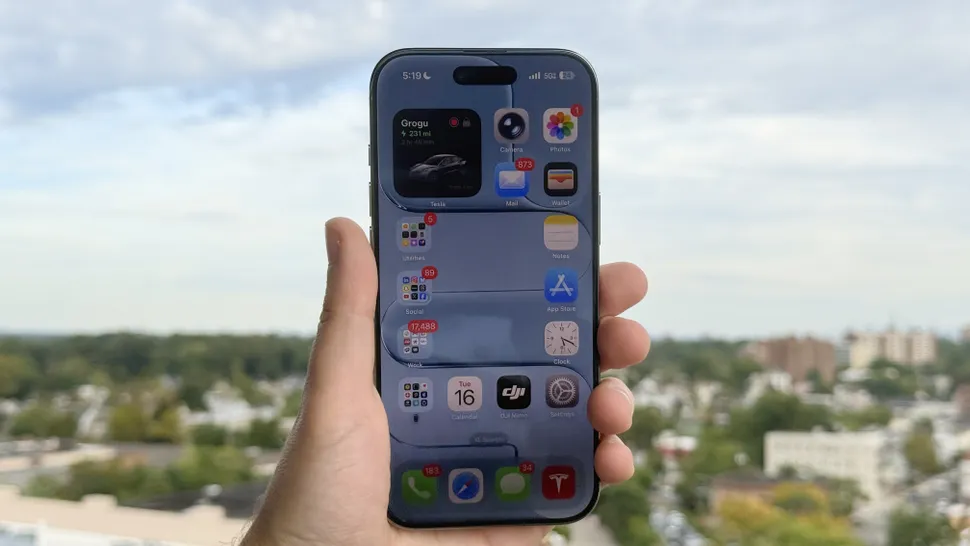
iPhone Air Design vs Other Ultra-Thin Smartphones
Comparing to Samsung Galaxy S25 Edge
When pitting the iPhone Air against its closest competitor, the Samsung Galaxy S25 Edge, both devices exhibit exceptional thinness. However, the iPhone Air’s 5.64mm thickness gives it a slight edge over the Galaxy S25 Edge, which measures 5.8mm. While both devices are engineered to offer stunning aesthetics, the iPhone Air stands out with its titanium construction and unique design philosophy.
Moreover, the Air’s weight of just 165 grams makes it one of the lightest premium smartphones available, further enhancing its appeal to consumers prioritizing portability without sacrificing elegance.
iPhone Air vs Previous iPhone Models
In comparison to previous models, the iPhone Air signifies a marked shift in design philosophy within Apple’s lineup. Its exquisite thinness and innovative materials contrast sharply with the bulkier iPhones of the past. The introduction of a single camera lens, while a move away from multi-lens systems, emphasizes a trend towards simplification and focuses on delivering unparalleled photographic quality through higher megapixels.
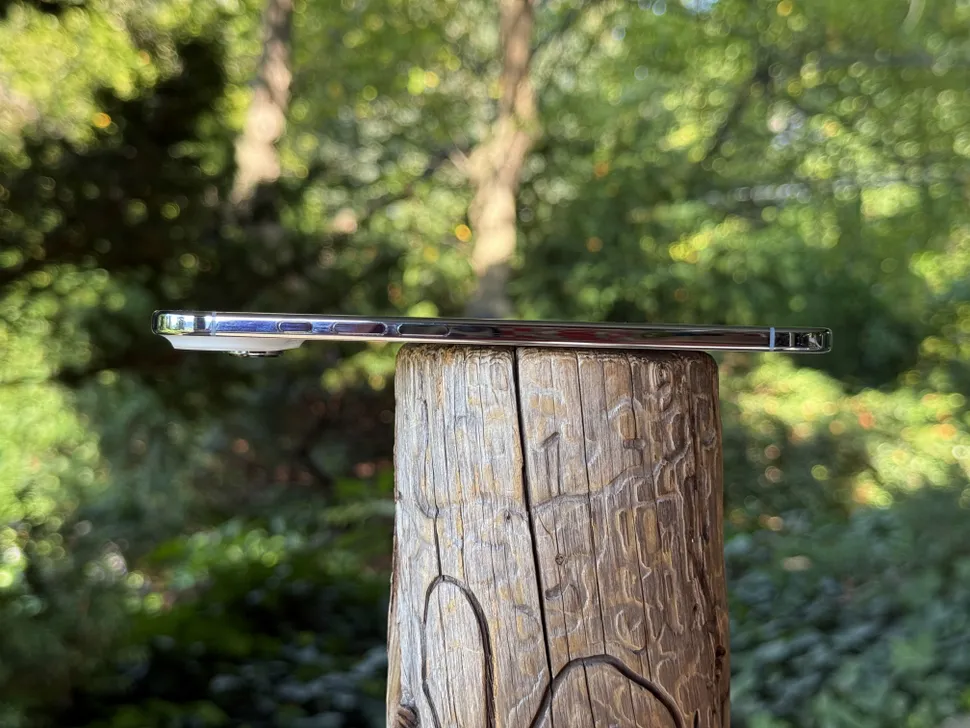
Real-World Durability: Can Beauty Withstand Daily Life?
Drop Test Results and Bend Resistance
The stunning design of the iPhone Air raises valid concerns regarding its real-world durability. Apple has gone to great lengths to ensure that the beautiful contours of the device do not come at the expense of its resilience. Extensive testing, including drop tests and bend resistance assessments, demonstrate that the Air can withstand the rigors of daily life.
Apple’s claims regarding its performance in bending tests indicate that the iPhone Air is designed to flex slightly without permanent damage, allowing it to effectively manage stress and potential mishaps. This extraordinary balance of beauty and durability truly sets the iPhone Air apart from its competitors.
IP68 Rating in an Ultra-Thin Form Factor
The inclusion of an IP68 water and dust resistance rating means that users need not fret about exposure to the elements. Whether it’s a sudden downpour or accidental spills, the iPhone Air is designed to handle such situations, making it a practical choice for everyday use. The commitment to durability in an ultra-thin form factor elevates the iPhone Air into a category all its own.

Design Trade-offs: What You Sacrifice for Ultra-Thin Elegance
Single Camera System Limitations
While the single 48MP camera system offers stunning photographic capabilities, it does come with limitations. Without a multi-lens setup, users will miss the versatility of ultra-wide and telephoto lenses commonly found in other flagship smartphones. For photography enthusiasts, this could be a deciding factor when considering the iPhone Air.
Battery Life Compromises
The push for ultra-thin design often results in compromises elsewhere, and the iPhone Air is no exception in terms of battery life. Despite its sleek profile, the smaller internal battery capacity may not meet the demands of power users who expect all-day performance. Users might find themselves tethered to a charger more frequently than with previous models.
Port and Button Placement Challenges
In a device this thin, every millimeter counts, and that leads to challenges in port and button placements. The iPhone Air has adopted a minimalist approach, opting for eSIM only and removing the physical SIM card slot, which may be a hurdle for those who rely on traditional SIM cards.
The Future of iPhone Design: What the Air Tells Us
Setting New Standards for Premium Smartphone Design
The iPhone Air acts as a blueprint for the future of iPhone design. Apple’s commitment to creating a device that prioritizes beauty without sacrificing durability signals a potential new direction for future iPhones. As mobile design continues to evolve, the principles introduced with the iPhone Air could inspire subsequent models, paving the way for innovative features, materials, and construction methods.
Impact on Foldable iPhone Development
The release of the iPhone Air raises intriguing questions about the potential for foldable iPhone technology. The ultra-thin design principles established here could translate into foldable devices, enabling even more compact designs while maintaining the sleek aesthetic that consumers desire. The future may hold devices that further blend durability and adaptability as Apple pushes the boundaries of smartphone design.
Conclusion
The iPhone Air is undeniably a stunning achievement in smartphone design, seamlessly merging aesthetics with innovative engineering. From its breathtaking 5.64mm profile to the revolutionary use of materials and craftsmanship, every aspect of the iPhone Air reflects Apple’s commitment to excellence.
While it does represent certain trade-offs, such as a limited camera system and compromises in battery life, the overall result is a device that excels in style and user experience. The iPhone Air is not just another smartphone; it is a bold statement about the future of mobile design. Are you ready to experience the elegance and prowess of the iPhone Air for yourself? Discover its stunning features today and elevate your smartphone experience.

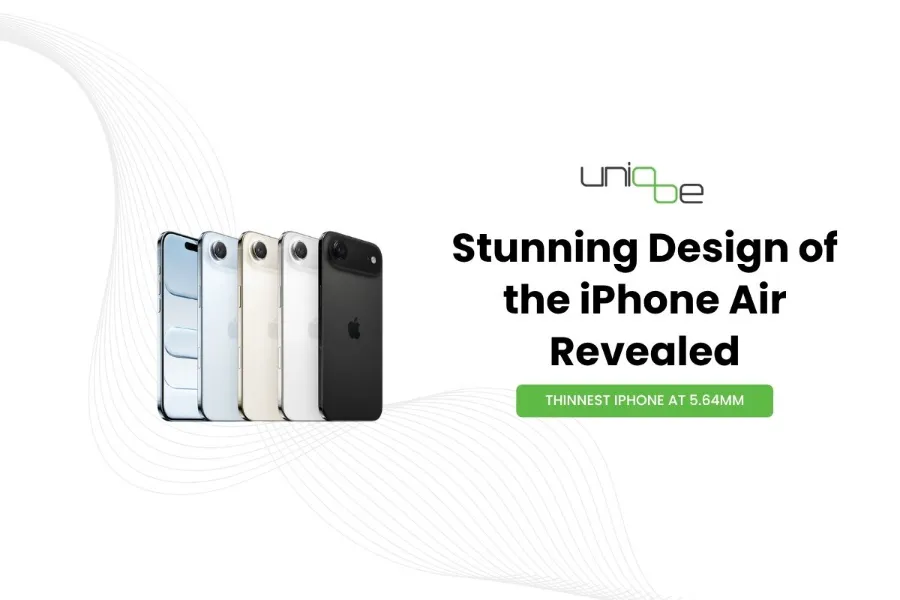
 Hot Articles
Hot Articles